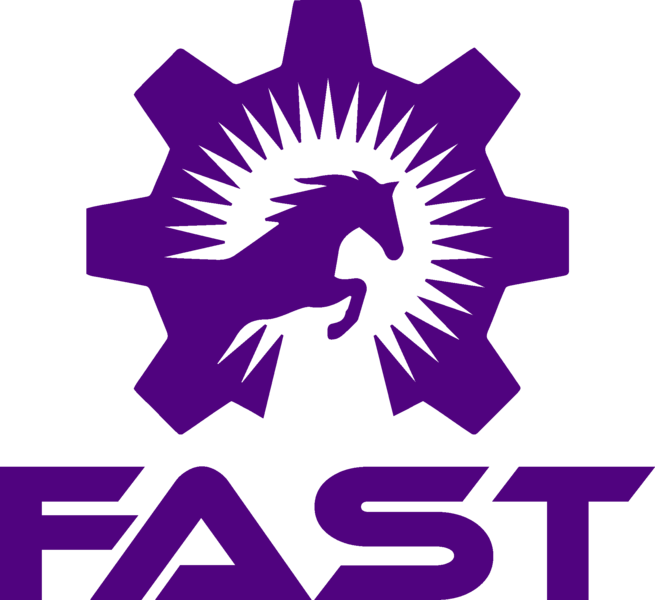Md Motakabbir Rahman
 Md Motakabbir Rahman, received his Bachelor of Science (B.Sc.) degree in Electrical and Electronics Engineering from Rajshahi University of Engineering and Technology, Bangladesh. Since March 2020, he has served as a Lecturer at Bangladesh Army University of Engineering and Technology. Later he completed his Master of Engineering Science (MESc) in Electrical and Computer Engineering at Western University, Canada, graduating with an exceptional grade of 98/100. He also worked as a research assistant with the Free Appropriate Sustainability Technology (FAST) research group, under the supervision of Professor J.M.Pearce, focusing on open-source appropriate technology (OSAT) for sustainability.
Md Motakabbir Rahman, received his Bachelor of Science (B.Sc.) degree in Electrical and Electronics Engineering from Rajshahi University of Engineering and Technology, Bangladesh. Since March 2020, he has served as a Lecturer at Bangladesh Army University of Engineering and Technology. Later he completed his Master of Engineering Science (MESc) in Electrical and Computer Engineering at Western University, Canada, graduating with an exceptional grade of 98/100. He also worked as a research assistant with the Free Appropriate Sustainability Technology (FAST) research group, under the supervision of Professor J.M.Pearce, focusing on open-source appropriate technology (OSAT) for sustainability.
Md Motakabbir Rahman’s research expertise encompasses photovoltaic energy systems and power electronics, with a specialized focus on the design and optimization of modular DC nanogrids for sustainable, application-specific energy solutions. His work has been instrumental in the IESO-funded Pale Blue Hydrogen project, where he contributed to the design and implementation of solar-powered anion exchange membrane (AEM) electrolyzer systems for high-efficiency green hydrogen production. He also has extensive experience in power system modeling, stability analysis, protection system design, and flexible AC transmission systems (FACTS), with a strong background in PSCAD and SIMULINK based simulations for transient studies. His interdisciplinary expertise bridges power electronics, renewable energy integration, power system and advanced control strategies, making significant contributions to the field of sustainable energy systems.
Work Experience
Graduate Research Assistant (September, 2022 to August, 2024)
Western University, London, Ontario, Canada
Free Appropriate Sustainability Technology (FAST) Research Group
- Design and development of first ever modular DC nanogrid system.
- Led off-grid PV system design & deployment, contributing to the IESO-funded Pale Blue Hydrogen project.
- Designed high-current PCBs for DC-DC converter and developed hardware using Arduino, ESP32, and STM32.
Lecturer (March, 2020 to Present)
Bangladesh Army University of Engineering and Technology (BAUET), Natore, Bangladesh
Department of Electrical and Electronic Engineering
- Taught Power Electronics, VLSI, Renewable Energy, Microprocessors, and Interfacing.
- Lab-in-charge (Electronics lab), Student Coordinator, Accreditation Committee Member.
- Vice president of BAUET Automation and Robotics Society (Sep. 2021 -Sep 2022)
Industrial Trainee (May 2018 to June 2018)
Walton Hi-Tech Industries Ltd & Walton Micro-Tech Corporation, Gazipur, Bangladesh
- Control of Roll former machine, CNC machine and Injection molding machine used for Refrigerator manufacturing.
- Servo motor driver, vector driver and Inverter control using PLC.
- IQC testing of LED Bulb: LED driver testing, LED testing using Spectro-photometer, Life testing.
Education
Master of Engineering Science (MESc.) in Electrical and Computer Engineering (September, 2022-August 2024)
Western University, London, Ontario, Canada
Dissertation: Modular Open-Source Photovoltaic-Powered DC Nanogrid for Application-Specific Designs.
Bachelor of Science (B.Sc.) in Electrical and Electronic Engineering (January 2015 – September 2019)
Rajshahi University of Engineering & Technology (RUET), Rajshahi-6204, Bangladesh
Dissertation: Neural network based maximum power point tracking of a photovoltaic system.
Tecnical Skills
PV system optimization software: HOMER, SAM, SAMA,PVsyst
Languages: MATLAB, C/C++, Python
Microcontrollers: Arduino, ESP32, STM32
PCB design: KiCAD, Altium
Power system analysis: PSCAD, PSS/E, Simulink
Power electronics circuit simulation: PSIM, Proteous
3D modelling & printing: FreeCAD, Onshape, AutoCAD
Project Demonstration Videos
Projects Portfolio
Completed in 2025
🛠️ Open-Source PAR Sensor for Enhanced Agricultural and Agrivoltaics' monitoring
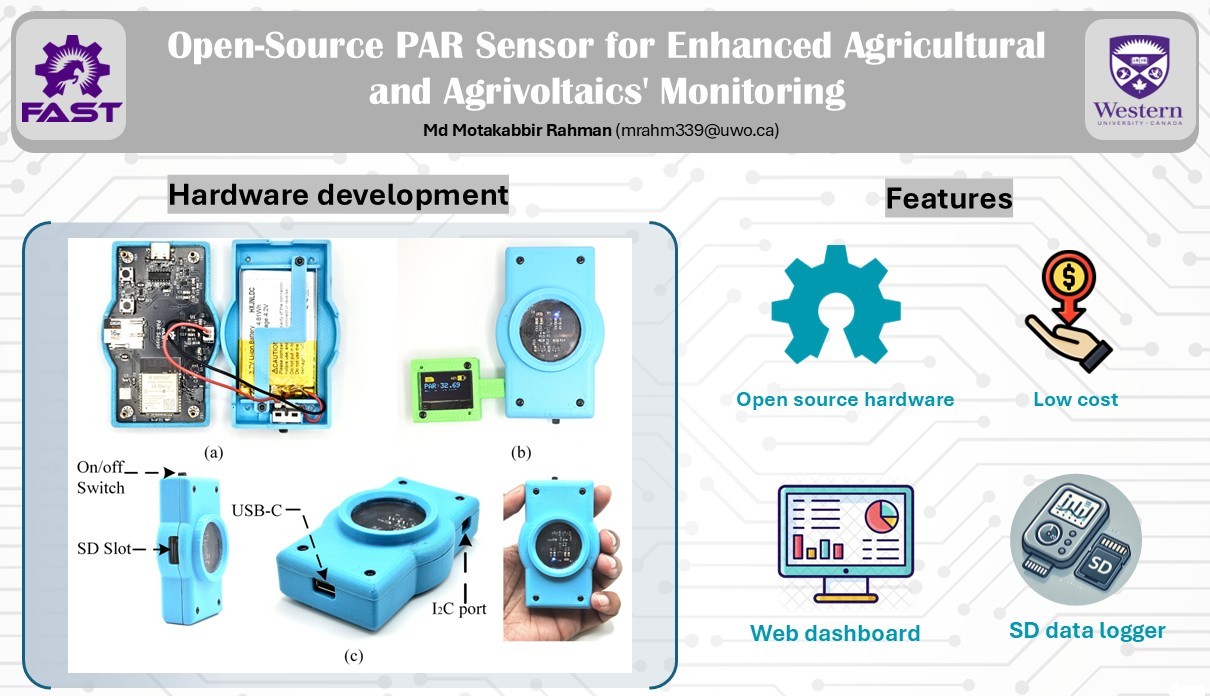
- Low cost (~CAD$70).
- Allows calibration with any high precise Quantum PAR sensor.
- Features 1300Ah lithium battery with one week backup for continuous monitoring.
- Offers a user-friendly web-based interface and SD card for seamless data logging.
Completed in 2024
🛠️ All in one solar power supply for portable oxygen concentrator

- Compressor Power Supply: Supports a 24V, 15A power supply for robust compressor operation.
- 5V, 12V and 24V Auxiliary Supply: Features 2 USB ports (5V) and 4 wire connectors for each voltage level, ensuring compatibility with various devices.
- Relay Control & Inrush Current Limiter: Includes integrated relay control and inrush current limiting capabilities.
- Photovoltaic Panel Input: Compatible with 0–60V panels, supporting a total rated capacity of 400W for efficient solar energy utilization.
- Web Dashboard Interface & Data Logger: Offers a user-friendly web-based interface and SD card for seamless data logging.
🛠️ Green Hydrogen Plant: 5kW AEM Stack Powered by 7kW floatovotaic system

- System Overview: First-ever 7 kW foam-based Floating Photovoltaic (FPV) system designed for high efficiency and reliability.
- Power Supply & Monitoring: Operates on a three-phase 400V L-L AC system with integrated real-time energy performance monitoring.
- Energy Efficiency: Achieves a peak of 86% efficiency with an average of 80%, ensuring optimal energy utilization.
- Heat Transfer Efficiency: Consistently above 90%, peaking at 98.4% at 65°C, supporting high thermal performance.
- Gas Purity: Produces 99% pure H2 and 96% pure O2, validated by MicroGC analysis.
🛠️ Modular Solar DC Nanogrid: Open-Source Hardware Design

- Customizable: DC-DC converter based modular hardware adaptable for diverse applications and expandable.
- DIY Assembly: Step-by-step guide for easy setup.
- Applications: Ideal for campsites, emergency vehicles, and off-grid homes.
- Proven Performance: Validated via simulations and hardware experiments.
🛠️ Pale Blue Hydrogen Project
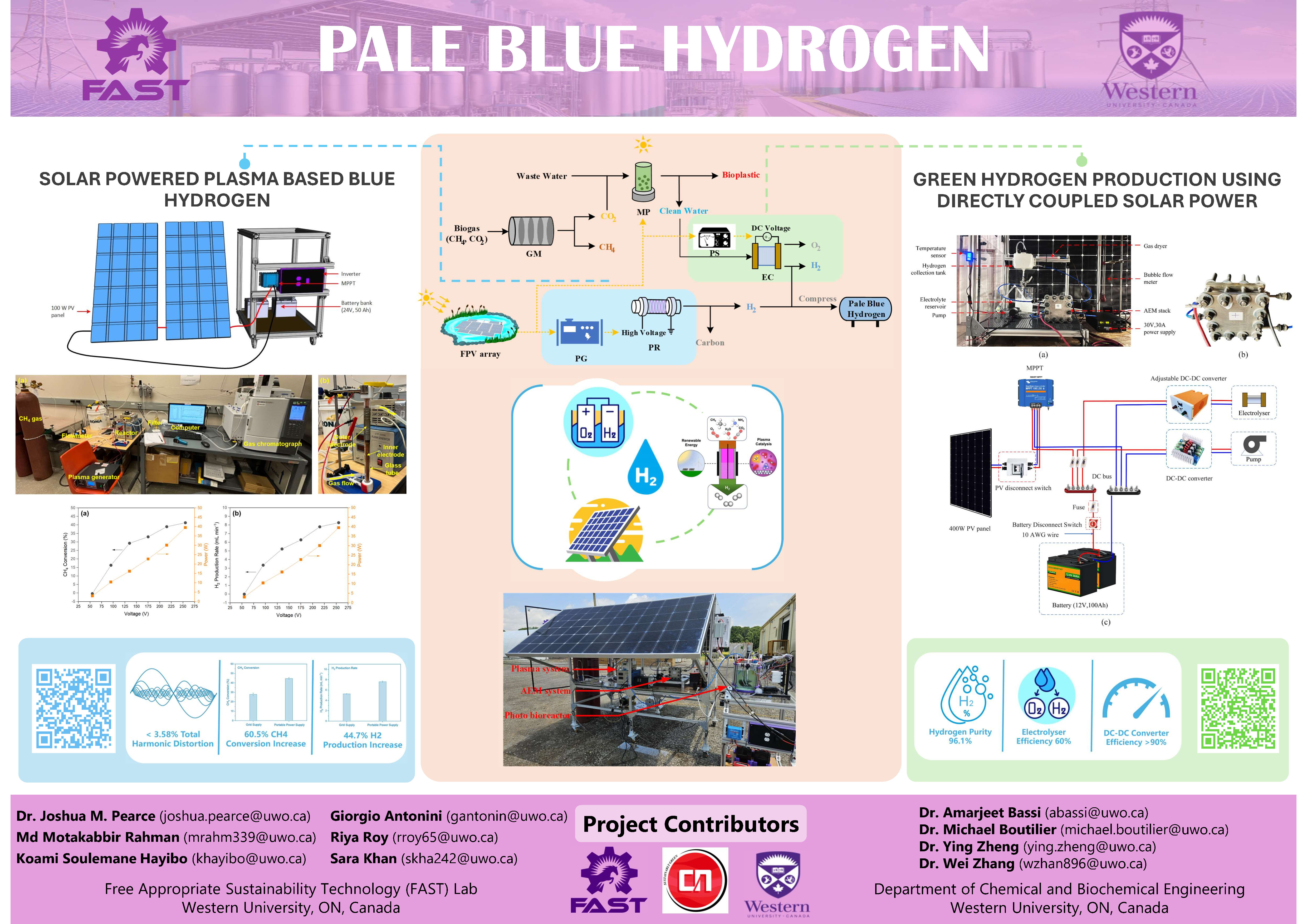
- Novel AEM electrolyzer scheduling scheme for H₂ production.
- Open-source DC-DC converter ensures 90% performance.
- Reduces energy waste, enabling green hydrogen production.
1. Solar-Powered Green Hydrogen Production with AEM Electrolyzers
- Powers plasma generator for blue hydrogen production with 230V, 50Hz AC output from 24V battery.
- Design Features: </span> Open-source hardware and enclosure with integrated protection mechanisms.
- High efficiency, low harmonics, and cost-effective operation.
2. Open-source Inverter based plasma generation system for blue hydrogen production.
🖥️ HVDC Black Start with Grid-Forming Solar Farms
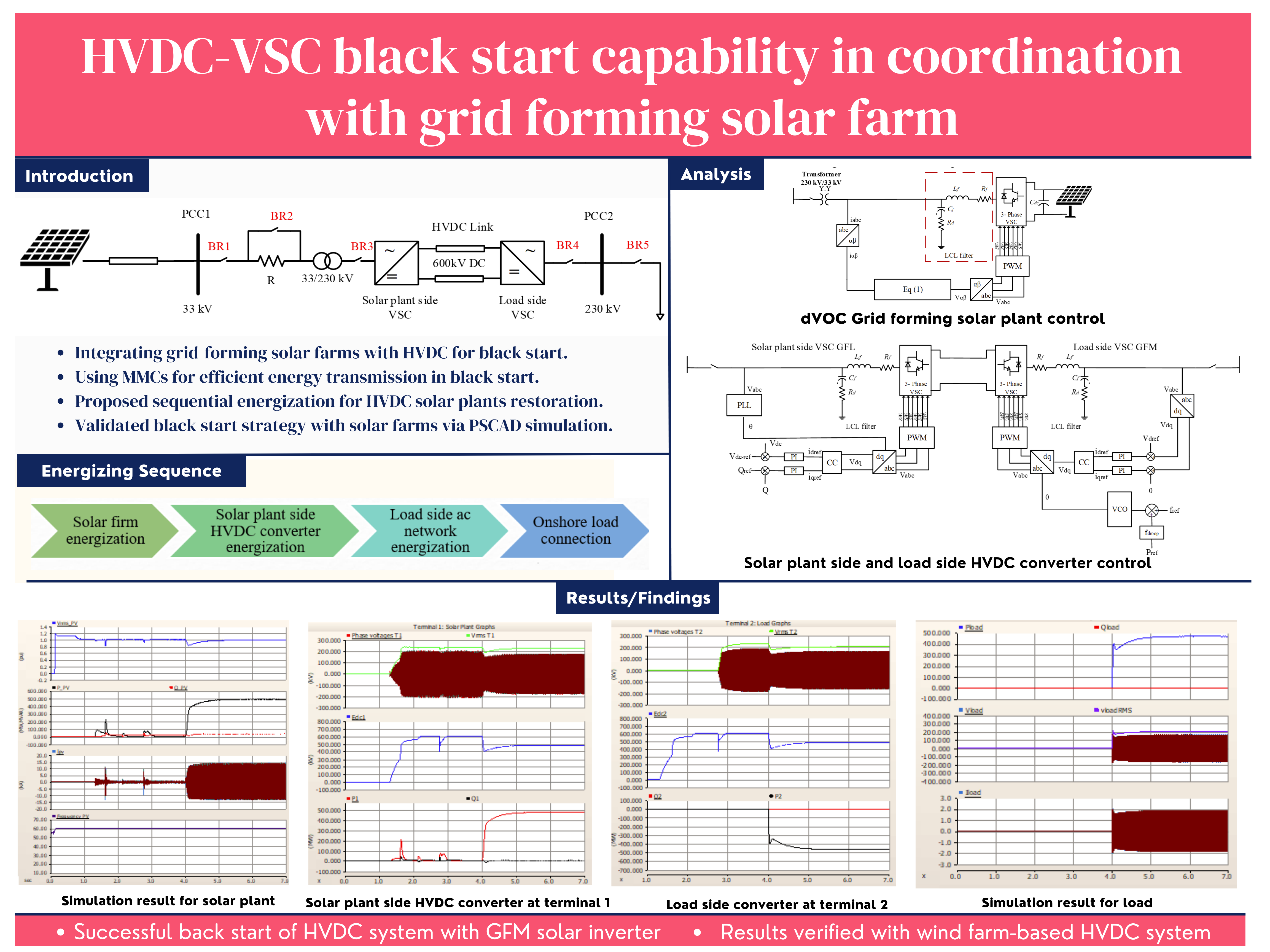
- Autonomous Recovery: A sequential energization strategy is proposed for HVDC-connected solar power plants during black start operations.
- Solar Integration: Utilizes solar farms and HVDC for efficient black start operations.
- Simulation-Backed: PSCAD-tested for robustness under varying scenarios.
🖥️ Modular Open-Source Solar Photovoltaic-Powered DC Nanogrid System
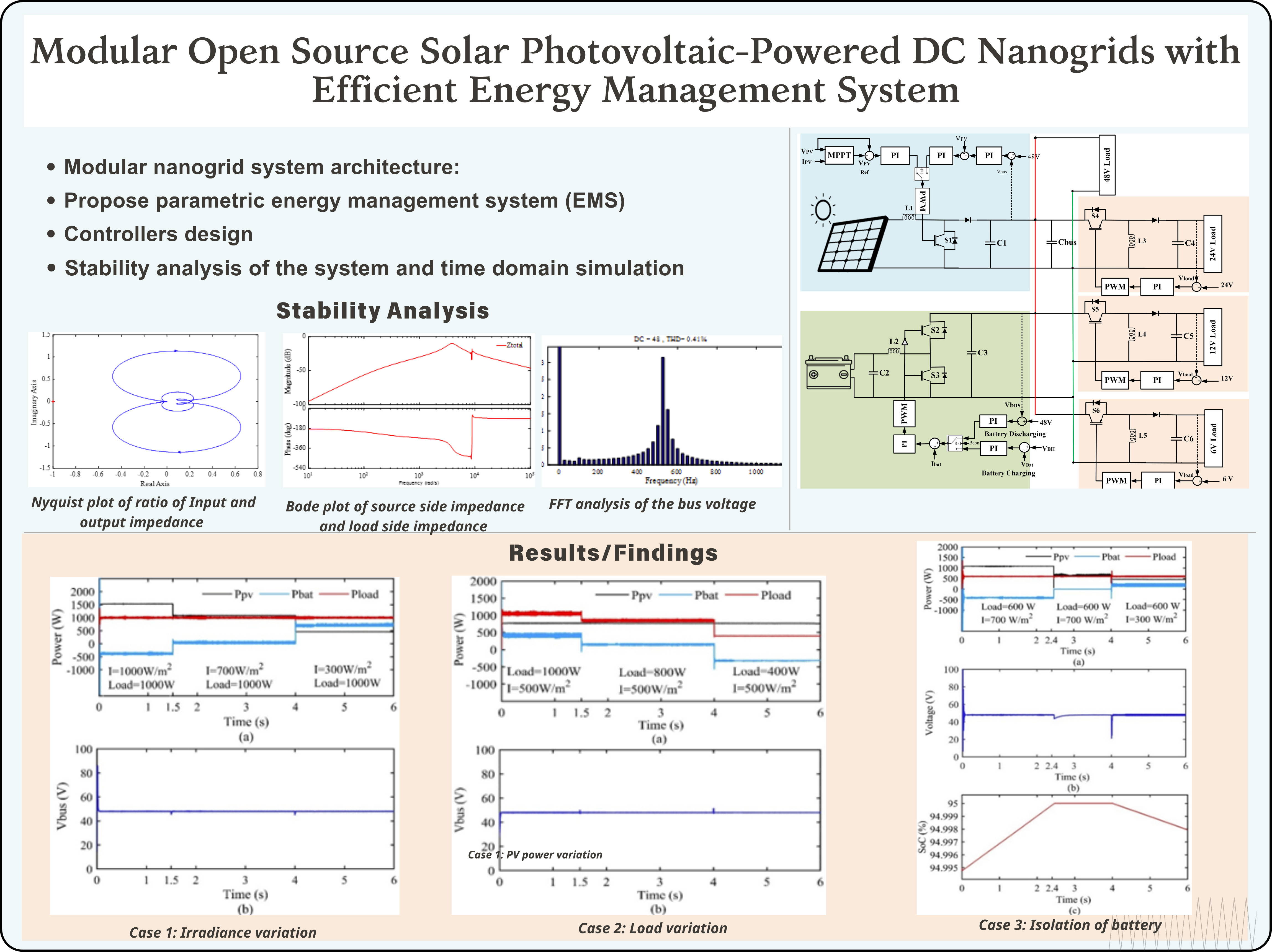
- Modular Open-Source Design: Customizable for diverse applications.
- Simulation Validation: Confirms effectiveness in coordinating PV-battery system.
Completed in 2023
🖥️ Utilizing Smart Inverter-based PV STATCOM for dynamic voltage control
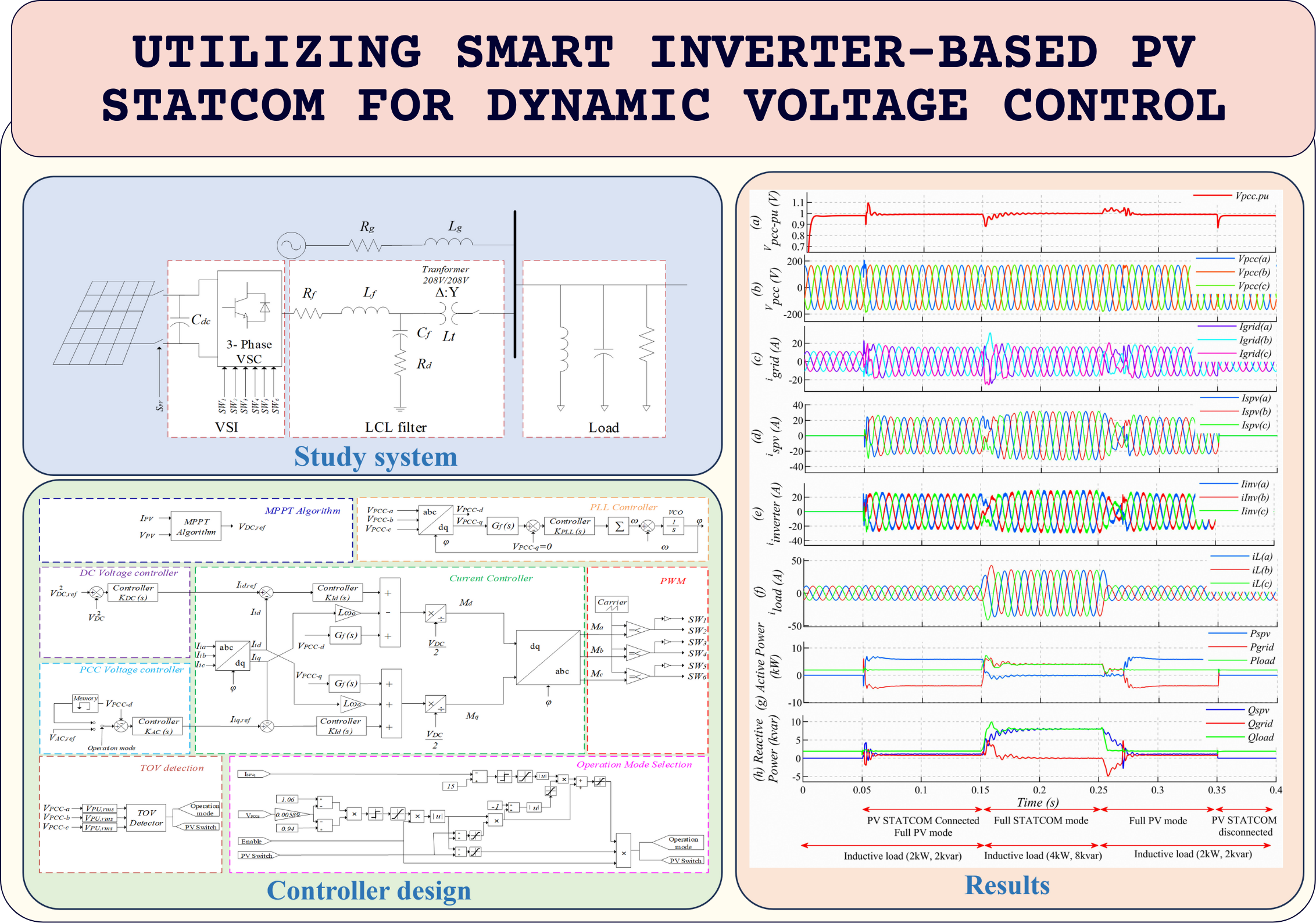
- System Overview: 10kW PV system operates as PV STATCOM in a 208V L-L distribution network.
- Performance Verification: Voltage control analyzed under sudden load changes using MATLAB/Simulink.
- Applications: Rapid power exchange within 1-2 cycles, maintaining rated current at reduced voltage.
- Design Details: Includes PV STATCOM controller design and Simulink modeling guidelines.
Completed in 2022
🛠️ AC/Off-Grid Photovoltaic Powered Open-Source Ball Mill

- Customization: Fully customizable, with parametric designs that are 3D-printable using low-cost RepRap-class printers.
- Cost Efficiency: Costs <US$130 for AC-powered and <US$315 for solar-powered off-grid versions.
- Performance: Reduces silicon particles from millimeter to nanometer scale; demonstrated to grind waste PV silicon from 0.8 mm to 7 µm in 18 hours.
🖥️ Design and Control of Dual Active Bridge Converter Cascaded with Inverter
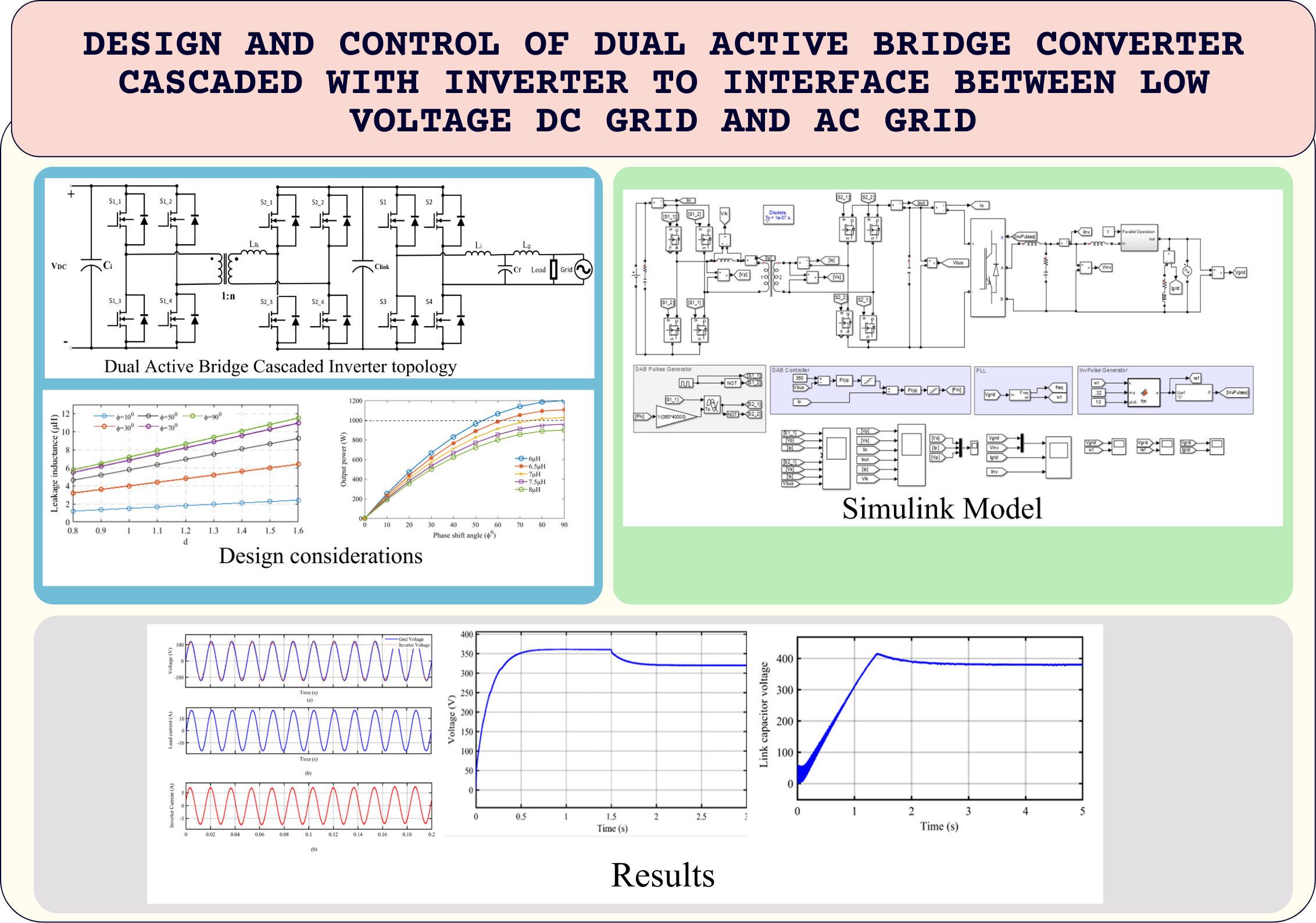
- Application: Interfaces low-voltage DC nano grid with AC grid, enabling surplus power transfer to the AC network.
- Design Features: Includes DAB topology with transformer specifications and leakage inductance for ZVS operation, minimizing switching losses for high efficiency.
- Performance: Integrated with filters for grid connection; simulations confirm DC capacitor voltage remains within ZVS range for soft switching.
Completed in 2021
🖥️ Design and Simulation of Solar DC Nano Grid System from Bangladesh Perspective
- Application: Supplies electricity to up to 20 households within 1 km, addressing areas lacking grid connectivity.
- Design Features: Integrates solar PV with buck converters supplying three voltage levels for diverse domestic loads.
- Performance & Cost: Demonstrates reliable power distribution; includes detailed cost estimation of the proposed model.
Completed in 2020
🖥️ PSO and ANN Based Hybrid MPPT Algorithm for Photovoltaic Array under Partial Shading Condition
- Challenge: Conventional MPPT methods struggle under partial shading due to multiple peaks in the P-V curve.
- Solution: Combines Particle Swarm Optimization (PSO) with Artificial Neural Networks (ANN) for faster and more accurate tracking.
- Key Advantage: ANN enhances initial particle positions in PSO, improving tracking speed and precision.
Completed in 2019
🖥️ Protection of Power System during Cyber-Attack using Artificial Neural Network
- Application: Focuses on addressing frequency and voltage disturbances in isolated power systems due to cyber-attacks.
- Protection Strategy: Introduces a neural network-based method to safeguard power systems during cyber threats.
🖥️ Artificial Neural Network Based Maximum Power Point Tracking of a Photovoltaic System
- Challenge: Conventional MPPT methods like P&O and incremental conductance are slow and inefficient.
- Solution: Utilizes ANN to enable faster, more accurate tracking of the maximum power point (MPP).
- Advantage: Enhances PV system performance under varying environmental conditions.
Publications
Journals
- Md Motakabbir Rahman, Wei Zhang, Ying Zheng, Joshua M. Pearce,”Open-source portable solar power supply for plasma generators”, HardwareX, Mar. 2025, e00641, ISSN 2468-0672, https://doi.org/10.1016/j.ohx.2025.e00641.
- Riya Roy, Giorgio Antonini, Koami S. Hayibo, Md Motakabbir Rahman, Sara Khan, Wei Tian, Michael S.H. Boutilier, Wei Zhang, Ying Zheng, Amarjeet Bassi, Joshua M. Pearce,”Comparative techno-environmental analysis of grey, blue, green/yellow and pale-blue hydrogen production”, International Journal of Hydrogen Energy, Vol. 116, pp. 200-210, Mar. 2025, https://doi.org/10.1016/j.ijhydene.2025.03.104.
- Antonini, Giorgio, Md Motakabbir Rahman, Cameron Brooks, Domenico Santoro, Christopher Muller, Ahmed Al-Omari, Katherine Bell, and Joshua M. Pearce. 2025. “Portable Solar-Integrated Open-Source Chemistry Lab for Water Treatment with Electrolysis” Technologies 13, no. 2: 57. https://doi.org/10.3390/technologies13020057
- M. M. Rahman, G. Antonini, and J. M. Pearce, “Open-source DC-DC converter enabling direct integration of solar photovoltaics with anion exchange membrane electrolyzer for green hydrogen production,” International Journal of Hydrogen Energy, vol. 88, pp. 333–343, Oct. 2024, https://doi.org/10.1016/j.ijhydene.2024.09.199
- M. M. Rahman, S. Khan, and J. M. Pearce, “Open-Source Hardware Design of Modular Solar DC Nanogrid,” Technologies, vol. 12, no. 9, Art. no. 9, Sep. 2024, https://doi.org/10.3390/technologies12090167
- M. M. Rahman and J. Pearce, “Modular Open Source Solar Photovoltaic-Powered DC Nanogrids with Efficient Energy Management System,” Solar Energy and Sustainable Development Journal, vol. 13, no. 1, Art. no. 1, Feb. 2024, https://doi.org/10.51646/jsesd.v13i1.169
- Maryam Mottaghi, Motakabbir Rahman, Apoorv Kulkarni, Joshua M. Pearce, AC/off-grid photovoltaic powered open-source ball mill,HardwareX, Volume 14, 2023,e00423,ISSN 2468-0672, https://doi.org/10.1016/j.ohx.2023.e00423
- Rahman, M. M., & Islam, M. S. (2020). PSO and ANN Based Hybrid MPPT Algorithm for Photovoltaic Array under Partial Shading Condition. Engineering International, 8(1), 9-24. https://doi.org/10.18034/ei.v8i1.481
- Islam, M. S., Sultana, S., & Rahman, M. M. (2019). Protection of Power System during Cyber-Attack using Artificial Neural Network. Engineering International, 7(2), 73-84. https://doi.org/10.18034/ei.v7i2.478
Conference Papers
- S. Khan and M. M. Rahman, “Design and Simulation of Solar DC Nano Grid System from Bangladesh Perspective,” 2021 International Conference on Automation, Control and Mechatronics for Industry 4.0 (ACMI), 2021, pp. 1-6, https://doi.org/10.1109/ACMI53878.2021.9528159
- M. M. Rahman and M. S. Islam, “Artificial Neural Network Based Maximum Power Point Tracking of a Photovoltaic System,” 2019 3rd International Conference on Electrical, Computer & Telecommunication Engineering (ICECTE), Rajshahi, Bangladesh, 2019, pp. 117-120, https://doi.org/10.1109/ICECTE48615.2019.9303531
Awards and Honours
- Hydro One Scholarship 2024, awarded for the academic achievement and contributions to Power Systems Engineering at Western University.
- Student of the Year award for the academic year 2018-2019, having attained the highest CGPA of 4.00/4.00 in the fourth year of Bachelor’s degree among 120 students at Rajshahi University of Engineering and Technology (RUET).






